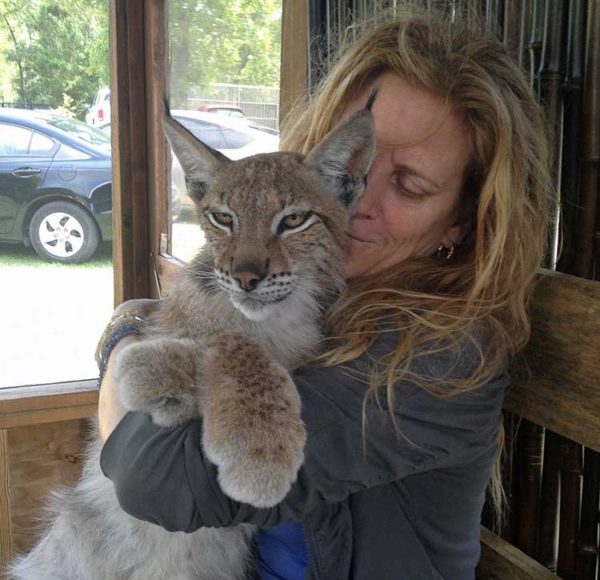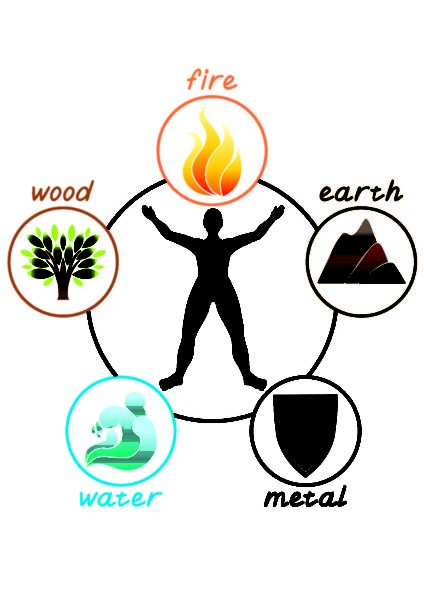Jacqueline Plachta is an acupuncturist. When she sees a new patient for the first time, that visit is likely to last about two hours. In addition to asking lots of questions, she will also observe the person’s color, odor, emotions, and the sound of his/her voice.
If you’re paying attention when someone is ill, you can often spot different colors, odors, emotions, and sounds. Haven’t you ever noticed how someone’s color might be off if they’re sick? They might smell a little different. They might not act or sound like their usual self.
In western medicine, skin with a yellowish hue might point to liver disease or a fruity smell to the breath could indicate diabetes. In order to reach a diagnosis, a variety of tests would probably be ordered. Color, odor, sound, and emotion are Jacqueline’s diagnostic indicators. She uses all of them to determine a person’s causative factor or CF. Determining the CF is a diagnostic skill that takes years to develop and it is crucial to the type of acupuncture she practices — Classical Five-Element Acupuncture.
An ancient system
The five-element system of acupuncture is rooted in ancient Chinese medicine. In the early 50s, a British acupuncturist named J.R. Worsley was drawn to the system when he was in China getting his doctorate in acupuncture. He went on to become a Master of Five-Element Acupuncture. In 1955, he founded the College of Traditional Acupuncture in England (which was renamed Classical Acupuncture) and later, several institutes in the United States. Worsley passed away in 2003.
All systems of acupuncture use fine needles that are inserted into meridian points. According to ancient tradition, our energy or chi flows through a dozen main meridians throughout the body. When chi becomes blocked or unbalanced we can get sick — in mind, body, and spirit. Along the meridians are 365 main acupuncture points. Inserting an acupuncture needle into particular points can help restore good health or relieve pain by freeing up blockages and balancing the flow of energy.
In her practice, Jacqueline chooses the points she will treat based on the person’s CF. “CF is the root of who you are,” she said. “It’s your virtue, but also the root of all your pathologies. The relationship with those points is on multiple levels. It’s mind, body, spirit.”
The five elements in Chinese medicine are fire, wood, earth, metal, and water. A person’s CF will correlate to one of those elements. It takes skill and a lot of practice to notice the subtleties of color, sound, odor, and emotion — subtleties that are easily found in nature if only we are attuned to them.
Jacqueline got her Master’s degree in Acupuncture and Oriental medicine from the Academy for Five Element Acupuncture in Gainesville, Florida. She moved to Maine to continue studying with classical acupuncturist Laura Clarke Stelmok. She also opened her practice, Warm Current, in Brunswick, Maine and recently started seeing patients in South Portland, as well. She gave up a successful corporate career to follow this path but hasn’t regretted the decision for a moment. ” I wanted out of corporate America,” she said. “I was trying to do something that wasn’t me. But it is a big learning curve to regain a relationship with my senses. I, like many of us, had disconnected from nature and from my senses.”
It is her senses that give her the most information when she is treating someone. Once she identifies the person’s color, odor, sound, and emotion, she has to connect each one to the elements. For instance, if a person’s skin has a reddish hue, it connects to fire. Blue would be water, green, wood. An excited voice might be fire, whereas someone who seems to shout might be wood. A burning smell would be fire and a fragrant smell, earth. Someone who is happy and full of joy might be fire.
I have oversimplified the explanation in order to give you a sense of the process. Jacqueline said that learning how to discern a person’s CF or where they lie on the five elements map is anything but simple. For instance, she might decide a person’s CF is wood, but there are so many more layers to peel back.
“Let’s say you’re a wood CF,” she explained, “a tree. Well, what kind of tree are you? Are you a willow, are you an oak? You could be wood, but what type of wood — sturdy, flexible, hard? You can’t just put everybody into slots because we’re all so different.”
She said she was still a baby at this and is grateful to have colleagues and a teacher she can confer with when things are complicated. Starting with her own diagnosis of the CF she has a place to begin when deciding where to place her needles. “I’m going to be looking for points that will balance the CF,” she said. “That balance allows things to move and for the individual to then have choices.”
In other words, with Classical Five-Element Acupuncture, the goal is not to treat your symptoms but to get to the root of your problem — to figure out what’s underneath the symptoms. “We don’t get sick overnight and with Classical Five-Element Acupuncture we work on moving with the seasons to return the person to the natural movement of life,” she said. “Sometimes we have to struggle to find the answer. On the other hand, I’ve seen incredible miracles doing this type of medicine. People who have had migraine headaches for 30 years, people who have been depressed their whole life, people who couldn’t stop drinking no matter what, all kinds of addictions. I’ve done work with people who have eating disorders and, you know, it helps. The purpose is to balance them so they can find themselves and that to me is rewarding.”




Leave A Comment